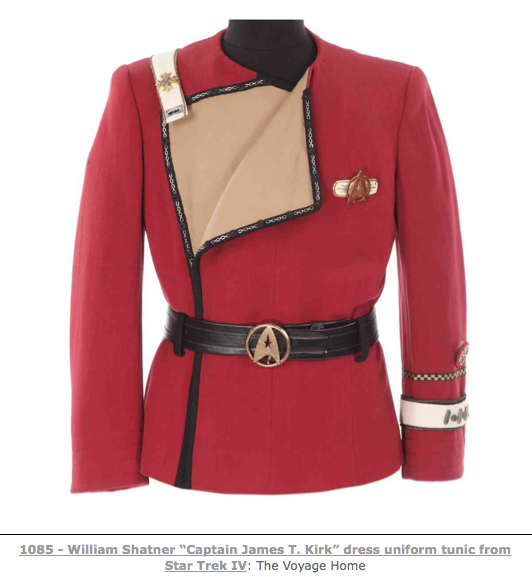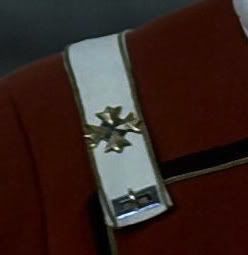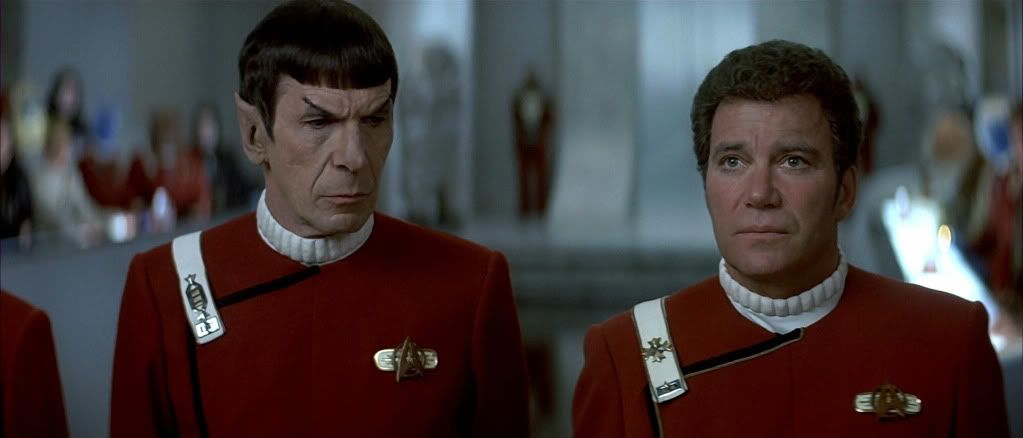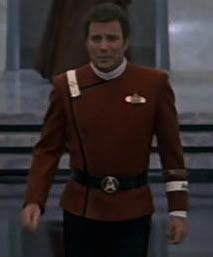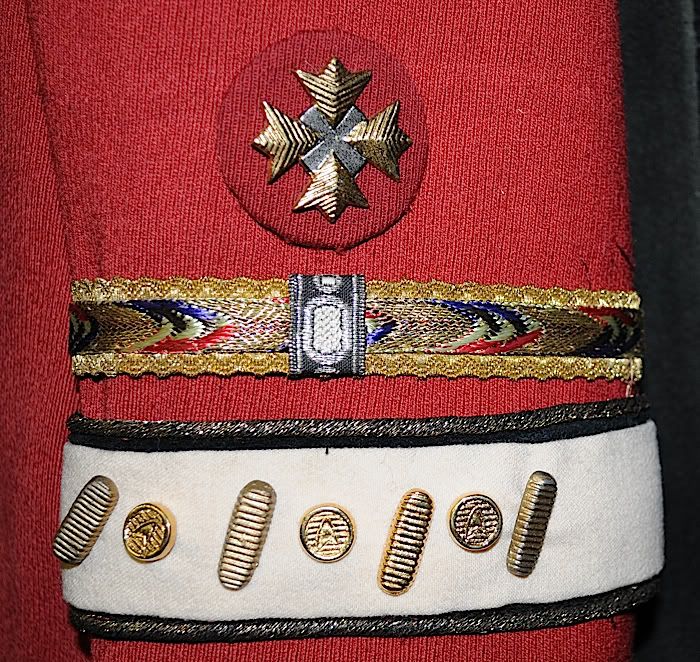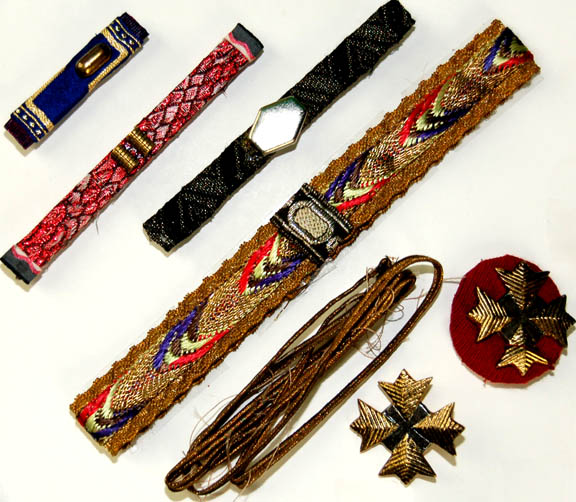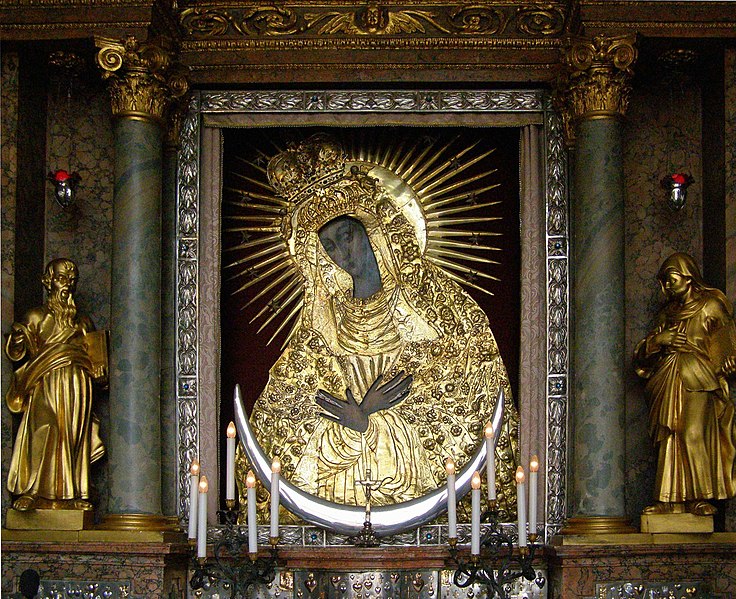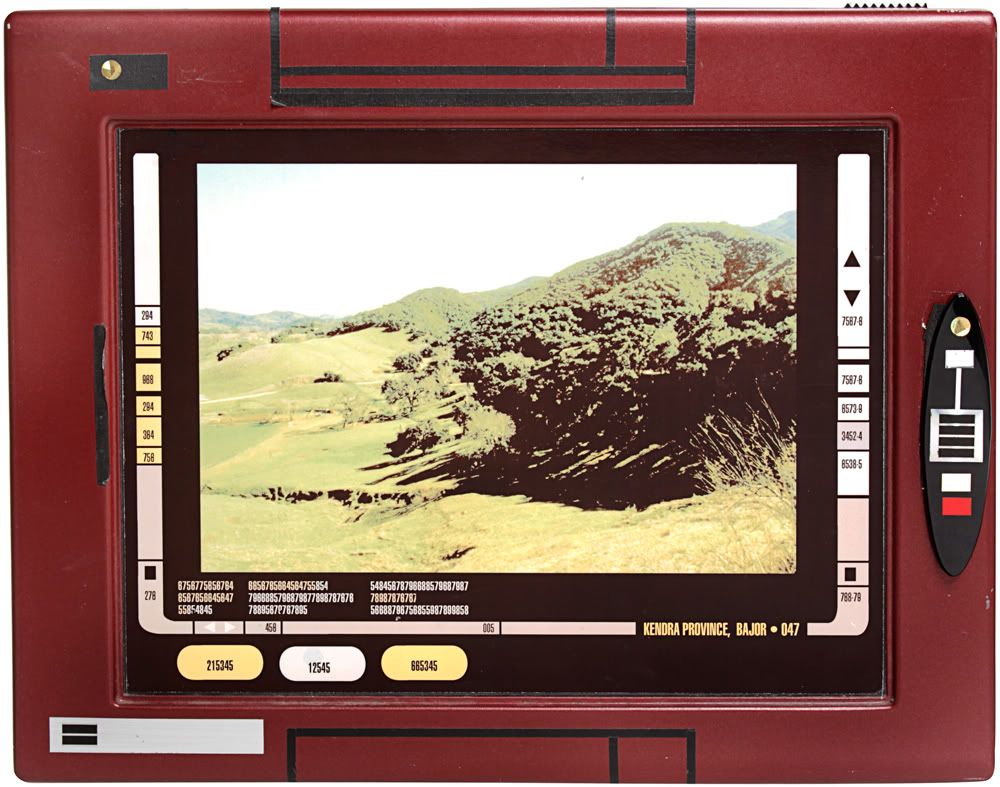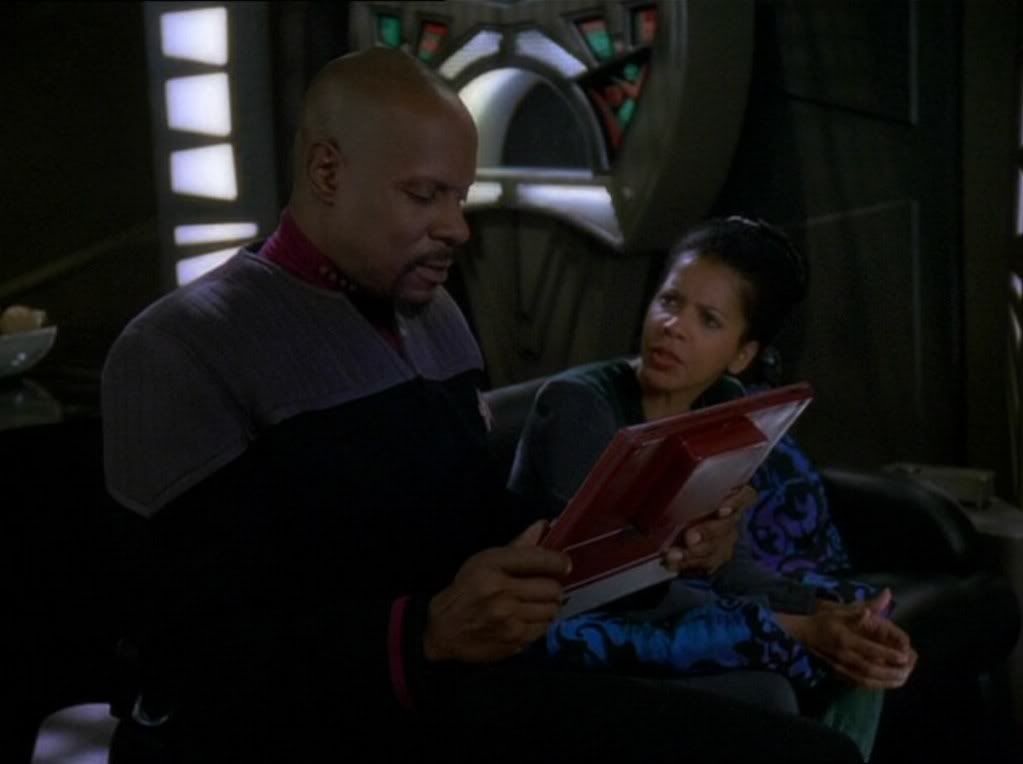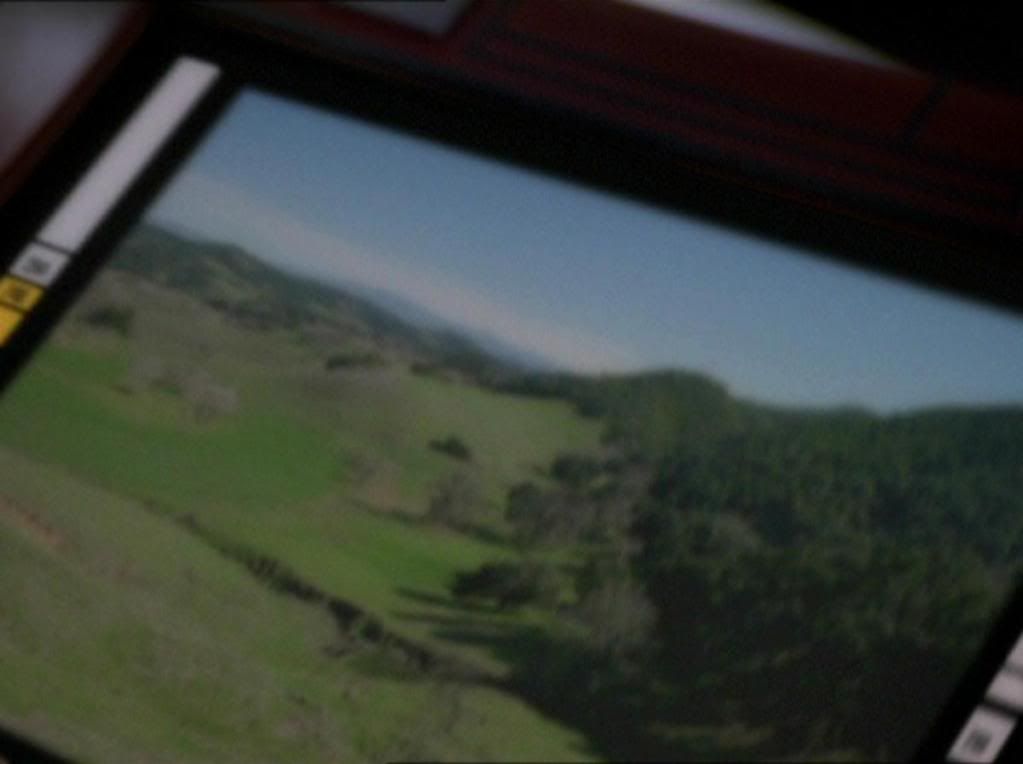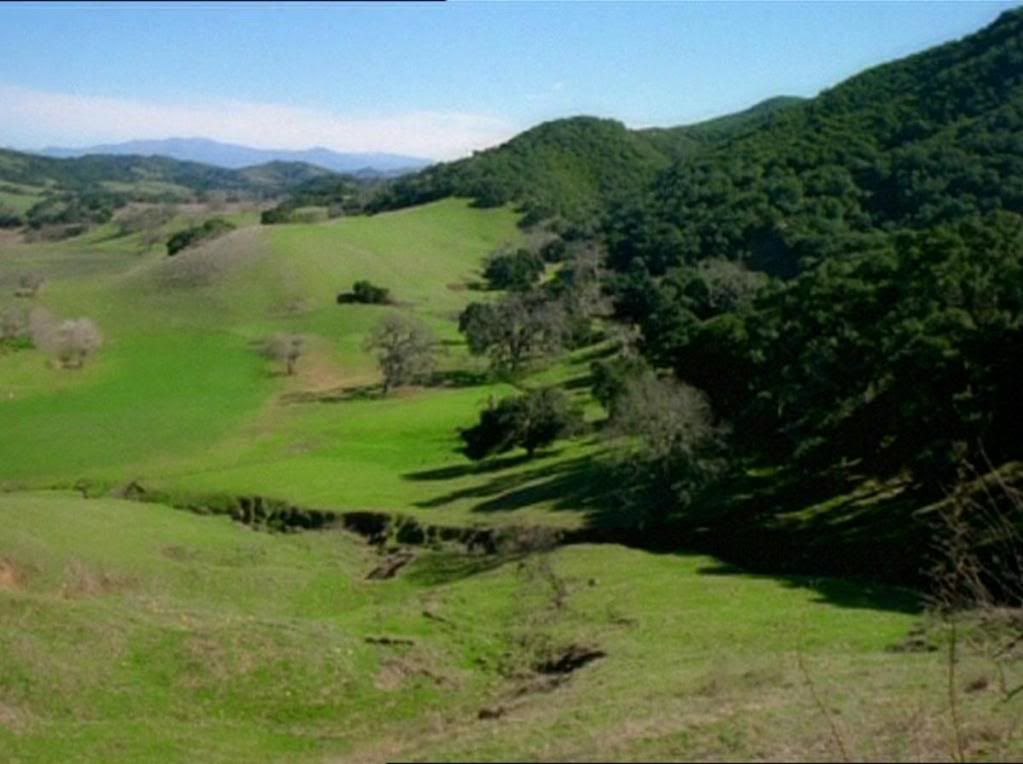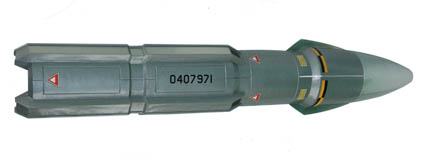The Preaching of St John the Baptist, Alessandro Allori, painted 1601-03
Readings (New American Bible: Philippines, USA)
Gospel Mark 1:1-8 (Jerusalem Bible: Australia, England & Wales, India [optional], Ireland, New Zealand, Pakistan, Scotland, South Africa)
The beginning of the Good News about Jesus Christ, the Son of God. It is written in the book of the prophet Isaiah:
Look, I am going to send my messenger before you;
he will prepare your way.
A voice cries in the wilderness:
Prepare a way for the Lord,
make his paths straight.
And so it was that John the Baptist appeared in the wilderness, proclaiming a baptism of repentance for the forgiveness of sins. All Judaea and all the people of Jerusalem made their way to him, and as they were baptised by him in the river Jordan they confessed their sins. John wore a garment of camel-skin, and he lived on locusts and wild honey. In the course of his preaching he said, 'Someone is following me, someone who is more powerful than I am, and I am not fit to kneel down and undo the strap of his sandals. I have baptised you with water, but he will baptise you with the Holy Spirit.
An Soiscéal Marcas 1-8 (Gaeilge, Irish)
Tosach Shoiscéal Íosa Críost, Mac Dé. De réir mar atá scríofa in Íseáia fáidh:
“Feach, cuirim mo theachtaire romhat
a ullmhóidh do bhóthar.
Glór duine ag éamh san fhásach:
‘Réitígí bóthar an Tiarna,
déanaigí díreach a chosáin.’”
Tháinig Eoin ag baisteadh san fhásach agus ag fógairt baiste aithrí chun peacaí a mhaitheamh. Agus bhí ag teacht amach chuige na daoine ó thír Iúdáia go léir, agus muintir uile Iarúsailéim, agus iad ag fáil baiste uaidh in abhainn na Iordáine ag admháil a bpeacaí.
Bhí rón camaill mar éadach ar Eoin, crios leathair faoina choim aige, lócaistí agus mil fhiáin mar bheatha aige. Agus bhíodh sé ag seanmóir á rá: “Tá ag teacht i mo dhiaidh an té atá níos treise ná mé, agus ní fiú mé cromadh síos chun iall a chuarán a scaoileadh. Bhaist mise le huisce sibh, ach baistfidh seisean sibh leis an Spiorad Naomh.”
+++
I met Angela, as I’ll call her, in 1969 when she was 16 and I was a young priest studying in the USA. She was in many ways a mixed-up young person but I could see her integrity and her desire to do what was right. Mainly through correspondence, I saw her grow in the faith until her death thirteen years later. This growth in faith involved two suicide attempts. Thanks to God's loving mercy I was his instrument in helping Angela through the second crisis, which occurred the year before her death. She was very much at peace in the last part of her life.
One thing I learned from that experience was that some persons of strong faith can also be very vulnerable.
On one occasion Angela told me that she was hoping that one day the priest would announce that he was giving general absolution to everyone, as some priests were wont to do at the beginning of Mass, even though this was totally wrong. It was a time when there strange things done ’neath the midnight sun, to quote Robert Service in a totally different context.
One day a priest did exactly what Angela had been hoping for. To her surprise, she felt cheated. Nothing had been asked of her. All Judaea and all the people of Jerusalem made their way to him, and as they were baptised by him in the river Jordan they confessed their sins. The sinners who publicly lined up, as we used to do in most churches before, confessed their sins. They took personal responsibility before God for their wrongdoing and trusted in his mercy.
Advent is a time when we prepare to celebrate the birthday of Jesus, God who became Man. It is a time when we prepare for his Second Coming at the end of time. But we also prepare for his third coming which, in the words of St Bernard, come between the other two. The saint writes in the Office of Readings for Wednesday of the First Week of Advent: This intermediary coming is like a road leading from the first to the last coming. In the first coming Christ was our redemption, in the last he will appear as our life, in this intermediary coming he is our rest and consolation.
Prepare a way for the Lord, make his paths straight, St John the Baptist tells us today, quoting Isaiah in the First Reading. The sacrament of confession / reconciliation / penance is one of the best ways to do this.
Pope Benedict explained very simply what this sacrament is in response to a question by Livia at an audience on 15 October 2005 for children who had made their First Holy Communion that year.
Livia: Holy Father, before the day of my First Communion I went to confession. I have also been to confession on other occasions. I wanted to ask you: do I have to go to confession every time I receive Communion, even when I have committed the same sins? Because I realize that they are always the same.
I will tell you two things. The first, of course, is that you do not always have to go to confession before you receive Communion unless you have committed such serious sins that they need to be confessed. Therefore, it is not necessary to make one’s confession before every Eucharistic Communion. This is the first point. It is only necessary when you have committed a really serious sin, when you have deeply offended Jesus, so that your friendship is destroyed and you have to start again. Only in that case, when you are in a state of ‘mortal’ sin, in other words, grave [sin], is it necessary to go to confession before Communion. This is my first point.
My second point: even if, as I said, it is not necessary to go to confession before each Communion, it is very helpful to confess with a certain regularity. It is true: our sins are always the same, but we clean our homes, our rooms, at least once a week, even if the dirt is always the same; in order to live in cleanliness, in order to start again. Otherwise, the dirt might not be seen but it builds up. Something similar can be said about the soul, for me myself: if I never go to confession, my soul is neglected and in the end I am always pleased with myself and no longer understand that I must always work hard to improve, that I must make progress. And this cleansing of the soul which Jesus gives us in the Sacrament of Confession helps us to make our consciences more alert, more open, and hence, it also helps us to mature spiritually and as human persons. Therefore, two things: confession is only necessary in the case of a serious sin, but it is very helpful to confess regularly in order to foster the cleanliness and beauty of the soul and to mature day by day in life.
May each of us make it part of Advent, part of our preparation for the ‘three comings’ of Jesus, to go to confession.
Prepare a way for the Lord, make his paths straight.
+++
Handel’s Messiah includes part of today’s First Reading. The composer used the Authorized Version, also known as the King James Version, of the Bible, slightly adapting it. This translation was finished 400 years ago.
Comfort ye, comfort ye my people, saith your God.
Speak ye comfortably to Jerusalem, and cry unto her, that her warfare is accomplished, that her iniquity is pardoned.
The voice of him that crieth in the wilderness, Prepare ye the way of the LORD, make straight in the desert a highway for our God.
Every valley shall be exalted, and every mountain and hill shall be made low: and the crooked shall be made straight, and the rough places plain.
+++
[Sung in Korean]
He shall feed His flock like a shepherd; and He shall gather the lambs with His arm, and carry them in His bosom, and gently lead those that are with young.


